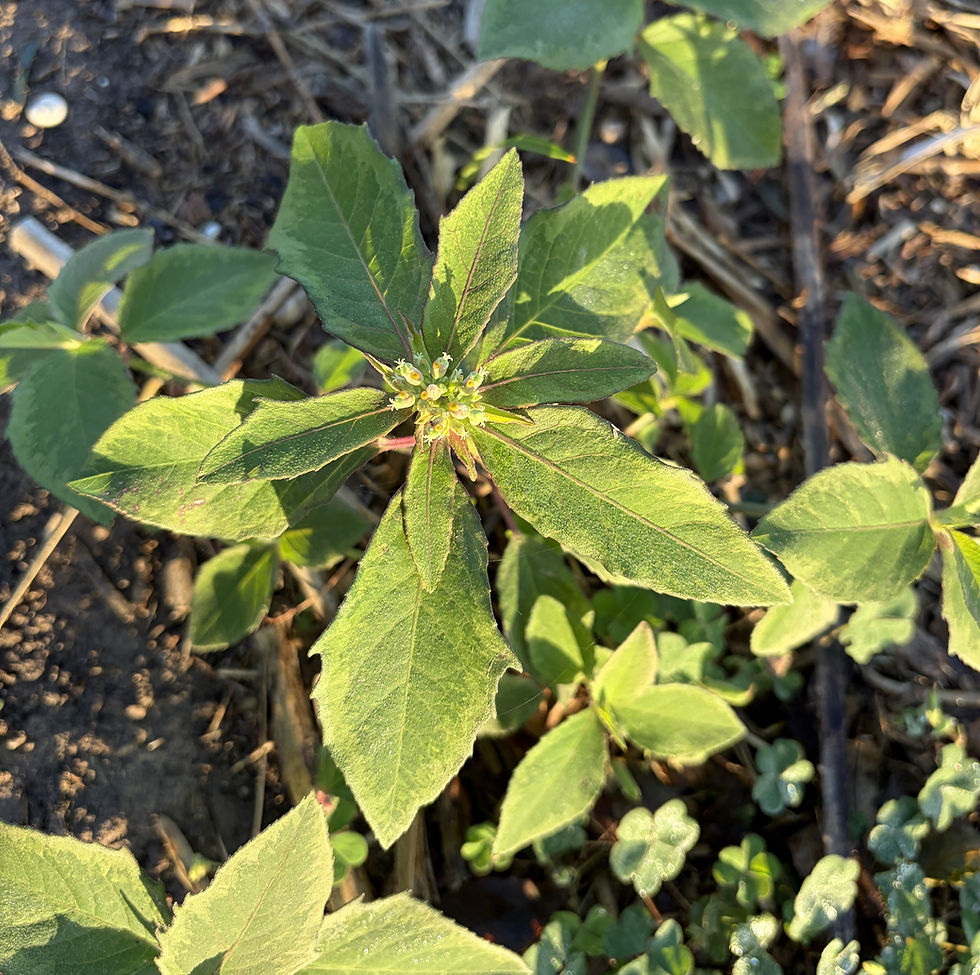Things that wash ashore are intriguing to look at, but best not touched.
- jjvanm
- May 22, 2022
- 4 min read
Published May 21, 2022, the McAllen Monitor, story and photos by Anita Westervelt, Texas Master Naturalist
Some of the most interesting finds on the beaches of South Padre Island are of the gelatinous sort, fun to observe and photograph, but not to touch.
Portuguese man-o’-war (Physalia physalis) is likely to be found beached on our Texas shores. Do not touch these. Their cnidocytes, the stinging cells, are in the tentacles and retain their potency long after the creature has been washed ashore. They are not jellyfish but closely related; they are a species of siphonophore. A floating hydrozoan, they are a colony consisting of four types of polyps: the float, tentacles, feeding zooids and gonozooids which produce gametes for reproduction.

Generally colorful in varying shades of blue, clear and sometimes edged in pink, Portuguese man-o’-war are so named because their inflated pneumatophore resembles the sail of an 18th century Portuguese warship.

The enlarged float is filled with carbon monoxide and air, becoming a sail that can float half a foot above the ocean surface to be blown by the wind for thousands of miles, dragging long tentacles behind it. The tentacles can be upwards of 150 feet long, below the surface, although the average length is around 30 feet. Portuguese man-o’-war feed mainly on young fish or small adult fish, shrimp and other crustaceans and small animals in the plankton; they kill their prey on contact with their venomous tentacles.
Another interesting find on the beach is Atlantic sea nettle (Chrysaora quinquecirrha). It is a jellyfish. They are not colorful and easily missed in the sand: the body is mostly translucent with symmetrically placed brownish geometric patterns. The body itself is symmetrical. Sea nettles live in oceans worldwide. There are 15 known species that differ in size, color and tentacle number, depending on the species.


They are subject to the whims of the ocean currents and are particularly abundant near the surface in coastal waters. Like other jellyfish, they are carnivores. The tentacles are covered with nematocysts, each having a trigger that injects venom upon contact.
Another colorless sea critter sometimes found on local beaches is listed as a many-ribbed jellyfish (Rhacostoma atlanticum) in Texas A&M University’s Texas Marine Species log. It is not a true jellyfish, but a hydroid of the aequoreid hydrozoans genus; it is monotypic with a single species: Rhacostoma atlanticum. They range from Nova Scotia, along the Atlantic coastline of North America, Gulf of Mexico and the Caribbean.

Also called water jelly and crystal jelly, they have no color; they can be translucent to transparent and be as large as 15 inches in diameter. On land, they can look like a thick, gelatinous disk. There are wart-like bumps on the underside of what would be considered the bell when afloat. The underside area is smooth at the center. Hydrozoas are carnivorous, feeding mostly on small crustaceans, fish eggs and other larvae. They have very fine tentacles that do not sting – but to be safe, best not to handle them and leave them on the beach for the next beachcomber to come along.
A Sidebar to the main story:
Porpita porpita and the naming of things
Published May 21, 2022, the McAllen Monitor, story and photos by Anita Westervelt, Texas Master Naturalist
Scientists use a two-name system called a Binomial Naming System, naming plants and animals using a system that describes the genus and species of the organism. The first word is the genus, the second, the species.
It’s all about nomenclature – which comes from a Latin word meaning the assigning of names – so no matter where in the world, the naming system brings clarity to discussions about organisms. Classification and taxonomy are synonymous with nomenclature.
A tautonym, on the other hand, is a scientific name of a species in which both parts of the name have the same spelling, such as Porpita porpita.
In accord with the Code of Nomenclature, tautonyms are prohibited for botanical names, but allowed in zoology. Marine life is full of tautonymously-named creatures; some are periodically found on our local beaches, like Porpita porpita, which is a striking-looking, vibrant blue sea creature commonly known as blue button.

Blue buttons can be found along the beaches of the Gulf of Mexico, and in warm tropical and sub-tropical waters of the Pacific, Atlantic and Indian oceans, the Mediterranean Sea and eastern Arabian Sea. They are not a jellyfish, although superficially similar. They are in the Phylum Cnidaria, which is the group of animals that includes corals, jellyfish, sea jellies, sea anemones and sea pens.
Blue button has two body parts, a float and a hydroid colony. The gas-filled float is a disc-like shape about one inch in diameter and considered the main body; the hydroid colony are the branches that extend out and look like tentacles. They can be bright blue, purple or turquoise in color. Each branch ends in knobs of stinging cells called nematocysts. Although not a lethal sting, it can cause skin irritation.
Blue buttons don’t swim; they live on the surface of the sea, generally in colonies, floating, drifting and moving with the winds, currents and tides; they usually wash ashore during the summer months, driven by the wind. Their mouth is beneath the float; they eat plankton, small crustaceans, crustacean larvae and other small organisms; they are prey to sea slugs and sea snails.





